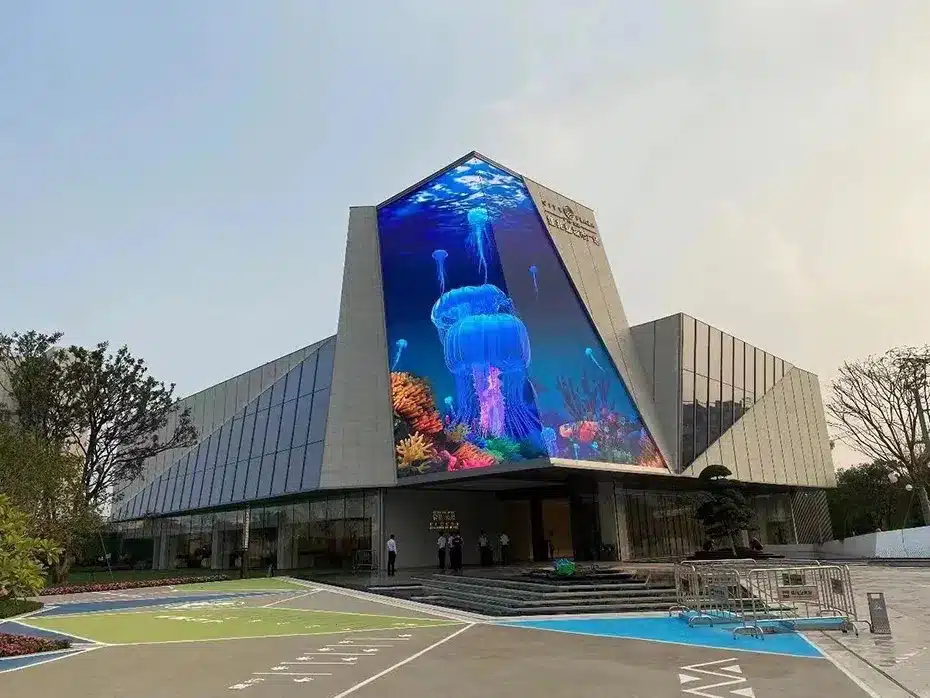The Art & Science of White Balance in LED Displays

🎨🌟
With the rapid rise of digital technology, LED displays are now everywhere—from towering billboards in smart cities to ultra-HD indoor screens. But have you ever noticed that some screens show white as slightly bluish or reddish instead of pure white?
That’s where white balance comes into play! Today, let’s demystify this crucial aspect of LED displays and understand how it enhances image quality and color accuracy.
📌 What is White Balance?
White balance refers to an LED display’s ability to render pure white when mixing red (R), green (G), and blue (B) light at the correct intensity.
💡 Simply put:
- If white appears bluish, the blue LED is too strong.
- If white appears reddish, the red LED is overpowering.
- A perfectly calibrated display ensures that white looks natural and accurate.
🎯 Why is White Balance Important for LED Displays?
1️⃣ Ensures True-to-Life Colors
✔️ Proper white balance prevents color distortion so that every shade appears exactly as intended.
2️⃣ Optimizes Display Performance
✔️ Without white balance, an LED display may appear too warm (reddish) or too cool (bluish), affecting visual clarity.
3️⃣ Essential for Professional Applications
✔️ In broadcasting, retail, and advertising, accurate color representation is critical for brand consistency and viewer engagement.
⚙️ How is White Balance Adjusted?
1️⃣ Manual Adjustment (For Standard LED Displays)
- Adjust R, G, and B brightness levels using an LED controller.
- A technician visually fine-tunes until white appears neutral and balanced.
2️⃣ Automatic Adjustment (For High-End LED Screens)
- Some advanced LED displays feature built-in sensors and AI-driven algorithms to auto-calibrate white balance.
- These systems analyze ambient lighting conditions and adjust white balance in real time for the best display quality.
3️⃣ Factory Pre-Calibration
- Before leaving the factory, premium LED screens undergo a white field calibration to standardize color accuracy.
- This ensures that all LED modules within the same batch display uniform whites when assembled into a large screen.
🚀 The Future of White Balance Technology
As AI-powered image processing and smart display calibration continue to evolve, LED displays are becoming more accurate, vibrant, and immersive than ever before.
In the future, LED screens will not just display content—they will become interactive art pieces, perfectly tuned to natural light conditions and human vision.
With the fusion of science and aesthetics, white balance calibration will play a key role in delivering visually stunning, lifelike displays across industries.
💬 What’s your experience with LED display calibration? Let’s discuss below! 👇